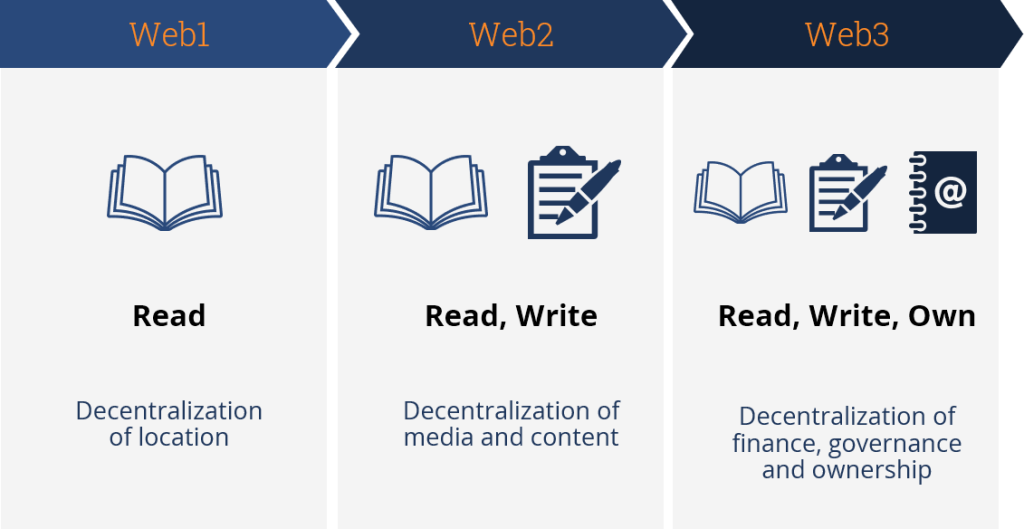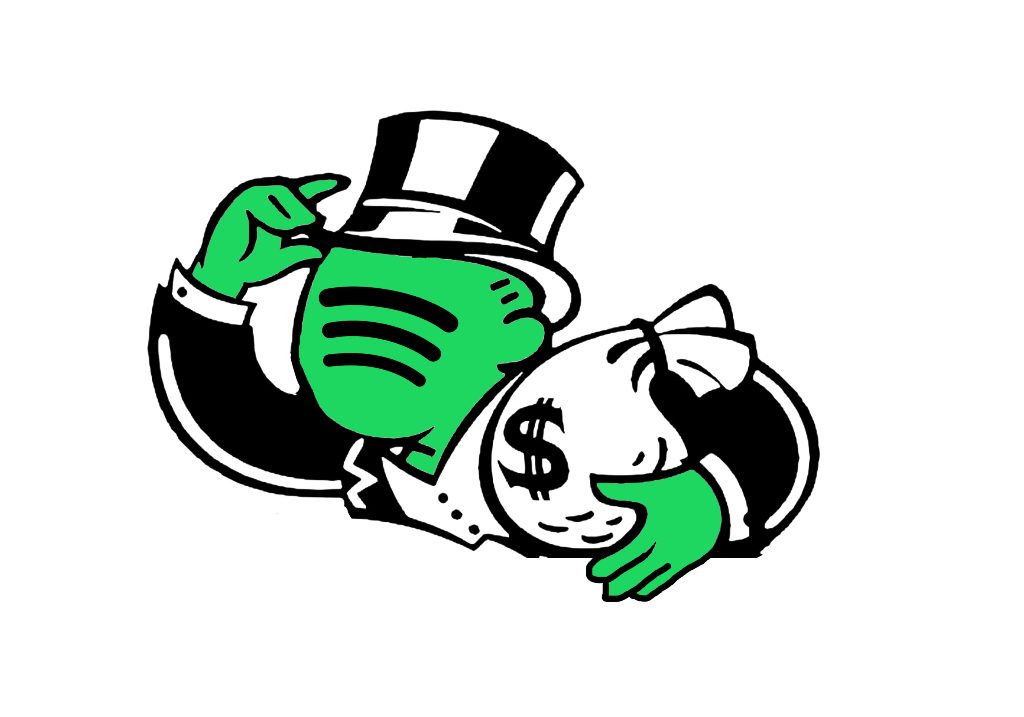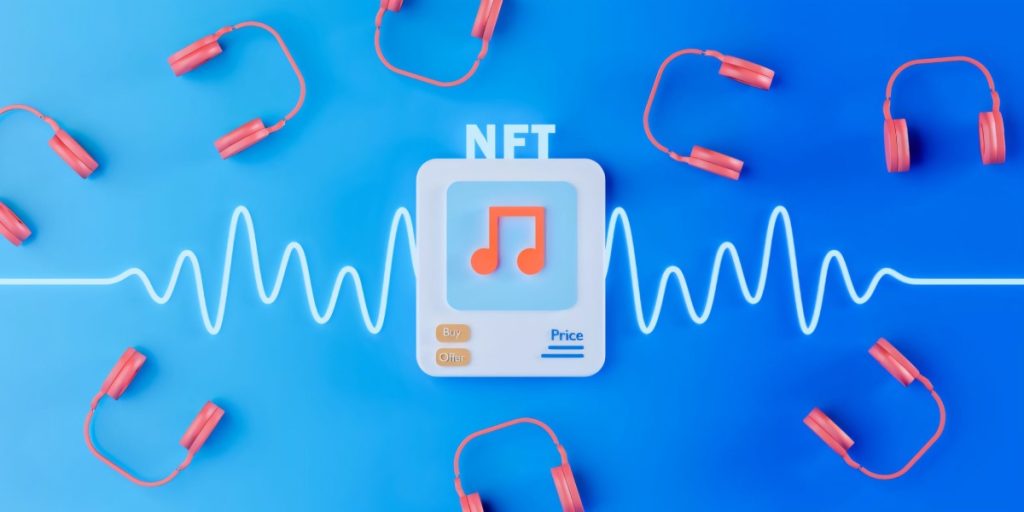Music is a cornerstone of our culture, conversations, and daily lives. More than any other art form, music penetrates every moment of our day-to-day and every facet of culture. Musicians create the soundtracks for days, decades, and eras. But there’s a great rift between musicians’ position in culture and their place in the economy. In this latter world, musicians are routinely exploited, underpaid and swindled by greater forces.
At first, it was the famously predatory record companies, and today it is streaming platforms like Spotify and Apple Music. Despite every technological change of our age promising to put power back into the hands of artists, nothing seems to have changed much. Few artists own their own music and only a handful can afford to make a living off of it. So when the new technology buzzword — Web 3.0 — promises to change things again, people are right to be sceptical.

However, Web 3.0 is truly different in a few ways. Streaming platforms are a part of Web 2.0 or the ‘read-write’ internet. Web 3.0 however, is the ‘read-write-own’ internet. While most Web 2.0 platforms catered to audiences, Web 3.0 was conceptualised as a haven for creators. In Web 3.0, ownership, community, and decentralisation are not just empty promises — they are foundational, guiding values.
The new, exciting challenge is harnessing the power of Web 3.0 to create a healthy alternative for musicians to monetize their work.
Music's Middlemen
- Record Companies
For a long time, the only real way to reach a wide audience with music was to sign a deal with a record label. They took care of the production, distribution, release, and marketing of the music. Unfortunately, the record deals artists sign are often extremely predatory. They take advantage of the record company’s monopoly on the audience and force the artist to give up control and ownership of their music for a chance to get their art out there.
Although indie artists come off worse in this, even the biggest names in music have had famous feuds with record companies. Since record companies often demand exclusive rights over the distribution of their music, artists are forced into abiding by their rules or risk not getting released. These deals often offer artists a tiny percentage of the profits from the music that might not even add up to minimum wage. Artists can get trapped in multi-album deals, forced to make the music the record label demands or otherwise compromise on their worth. After all this, few artists have their own work or profits to show for it.

2) Streaming platforms
Streaming platforms were supposed to change all this — they were supposed to democratise music. Anyone could reach a wide audience with no creative control and with a standard contract offered to every artist. However, again, the monopolies of companies like Apple Music and Spotify over listeners means they can afford to underpay musicians who have no recourse or alternative.
Every day, the amount of music on these platforms increases exponentially — 60,000 new tracks are uploaded to Spotify every day — but the price of the service remains the same. This means a smaller piece of the pie for every single musician. The result is shockingly bad with royalties as low as $0.003 per play. And while these platforms are supposed to be democratic, their discovery and playlist systems can stack the deck against smaller artists.
The Web 3.0 Solutions
There are some glaring problems here. Musicians aren’t paid fairly, because unlike with other forms of art (like paintings), the exchange doesn’t occur directly between an artist and a fan. Instead, predatory intermediaries charge high fees and return negligible profits to artists while increasingly alienating them from fans. A new model is needed. One where musicians own their work and the right to distribute it as they wish, and fans can support their favourite artists directly. This is the Web 3.0 model.

A technological solution to an ethical problem — the blockchain. Blockchain is a digital ledger that records transactions and stores information in a transparent, secure, and decentralized manner. This means assets like art, music, videos etc. can be stored on the blockchain — NFTs. An NFT is a unique asset that the blockchain confirms as completely authentic to the buyer. This allows creators of such assets to have a direct link to their audience and distribute their art directly, on their own terms.
For musicians, this might mean uploading tracks like singles, or even entire albums as NFTs to be ‘minted’ by fans for a price they set. This has several advantages over traditional methods:
Direct Ownership
The musician, the owner of the music, the person who distributes it, and the person who sets its price are all the same person — the artist themselves. They get complete creative and business control over their music and all of the profit made from it. Instead of working for a record label or on contract with a streaming service, they run the show themselves. For many artists, big and small, this has been enough incentive to pivot to NFTs. For many small, independent artists, this technology has allowed them the unprecedented opportunity to pursue music full-time.
For Musicians
Record labels are often overly concerned with profit and streaming services are often overly concerned with the cost to the audience. The NFT ecosystem is different. It is decentralized — which means instead of large, predatory players being able to exert control over artists, a non-hierarchical web of artists and fans support each other organically. This technology is catered to musicians.
Engagement
While there may be some concern over losing the audiences giants like Spotify attract, the Web 3.0 model is different. Instead of a traditional ‘fan/star’ model, the decentralized network promotes a ‘community/artist’ model. This means that the artist can connect more personally with listeners, who in turn are motivated to support the artist in a meaningful way — even if is more expensive. It is the quality rather than quantity of engagement that matters, and it is this that allows musicians to get better compensation for their music than ever before.
Monetization
In Web 3.0, building genuine communities is part of monetizing, rather than something which is sacrificed in the process. By offering exclusive items and collectables (potentially even including tracks and albums), the artist can both build their listener community and their business. They can reward loyal listeners with early-bird releases, collectables etc. Merchandise, whether digital or physical can be sold directly as NFTs to maximise the artist’s return.
Musicians have the right to control their music and the business behind it. The Web 3.0 ecosystem allows them this autonomy and freedom, as well as a way to turn it into a sustainable living. This could transform a famously predatory industry into an artistic haven for musicians of all sizes and types.

